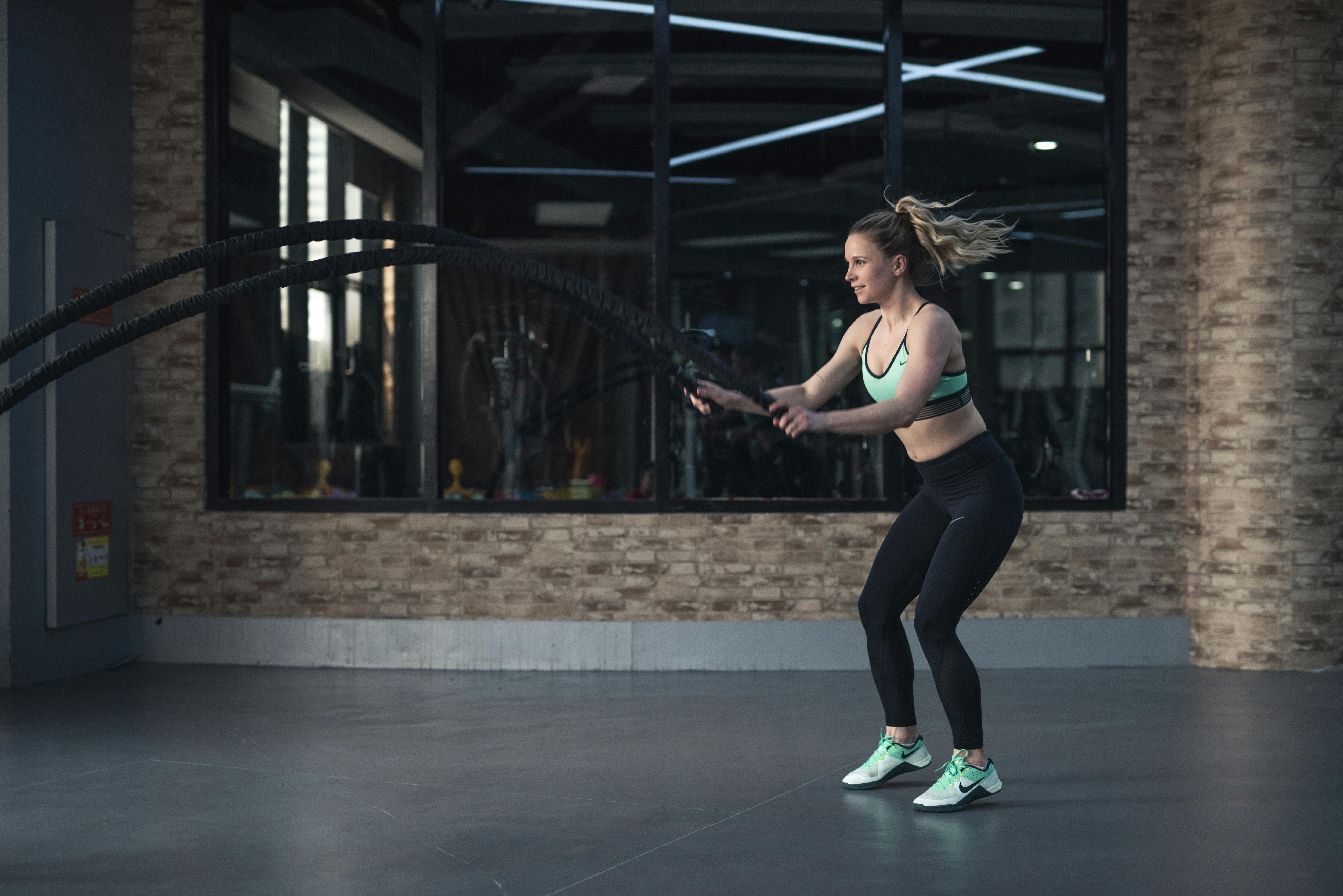Unlocking Your Potential: The Importance of Progressive Overload in Fitness
By Ellaine |
Understanding Progressive Overload
Progressive overload refers to the gradual increase of stress placed on the body during exercise training. It's a critical principle that, when applied correctly, can lead to significant improvements in strength, muscle size, and overall fitness. Essentially, if you want to grow stronger or improve your physical abilities, you must continually challenge your muscles by increasing the weight, volume, intensity, or frequency of your workouts.
The Relevance to Gym-Goers
For those who frequent the gym, progressive overload is more than just a strategy; it's a necessity. As you become stronger, your muscles adapt to the stresses you place on them. Without a deliberate effort to increase those demands over time, you will eventually plateau in your progress. This principle is relevant for all fitness levels, from beginners to advanced athletes. By grasping the concept of progressive overload, gym-goers can resume achieving their goals, whether it's lifting heavier weights, improving endurance, or enhancing body composition.
Practical Tips for Implementing Progressive Overload
1. Increase Weights Gradually: One of the most straightforward methods to apply progressive overload is by gradually increasing the weights you lift. Aim to increase your weights by about 5% to 10% once you can comfortably complete your sets with your current weight.
2. Adjust Repetitions and Sets: In addition to increasing weights, you can also manipulate the number of repetitions and sets. If you're used to performing 3 sets of 10 reps, try increasing to 3 sets of 12, or adding an additional set to challenge yourself further.
3. Change Your Exercise Variations: Incorporate different variations of the same exercise to keep the muscles engaged. For instance, if you’re accustomed to performing traditional squats, consider trying front squats or Bulgarian split squats to shift the workload and muscle recruitment.
4. Shorten Rest Periods: Reducing rest between sets increases intensity, pushing your muscles further and encouraging growth. However, ensure that you still maintain proper form to avoid injury.
Common Misconceptions and Challenges
Despite its effectiveness, there are several misconceptions about progressive overload. One common belief is that it only revolves around lifting heavier weights. While increasing load is one approach, it’s equally important to consider other methods like increased volume or improved technique.
Another challenge individuals face is the risk of overtraining. Not allowing adequate recovery time can hinder progress rather than facilitate it. It's vital to listen to your body and ensure proper rest days are integrated into your routine.
Anecdotes and Examples
Consider the anecdote of a beginner lifter named Sarah. She started her fitness journey with light weights and quickly realized that to achieve her goals, she needed to push herself harder. By implementing progressive overload and gradually increasing her weights and reps, Sarah made significant gains over time. However, she also learned the importance of assessing her limits and ensuring adequate recovery to avoid fatigue and injury.
Summing It Up
Progressive overload is an essential principle for anyone looking to maximize their fitness gains. By continually challenging your body, you can move past plateaus and realize your full potential. Remember, it's not just about lifting heavier; it's about being smarter with your approach to training. Begin to implement these strategies in your routine, and next time you’re at the gym, focus on progressive overload as a key factor in your success. Stay committed, be patient, and observe the transformative results!

Ellaine
Ellaine is a dedicated and experienced personal trainer with over seven years of expertise in helping clients achieve their fitness goals. With a passion for health and wellness, she specialises in creating personalised training programs that cater to individual needs, whether it’s weight loss, muscle building, or improving overall fitness.
